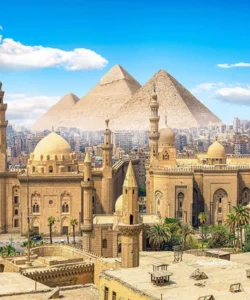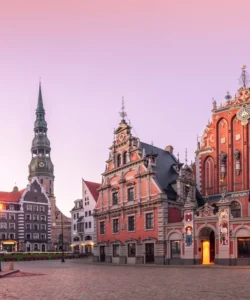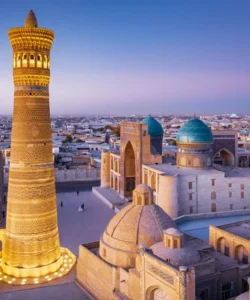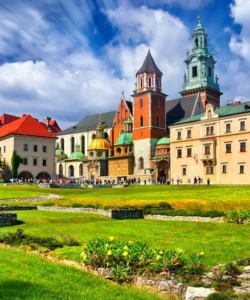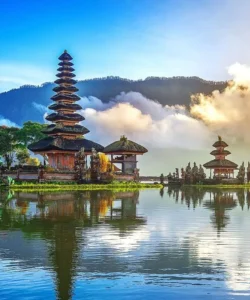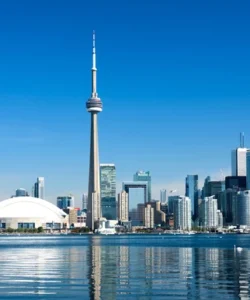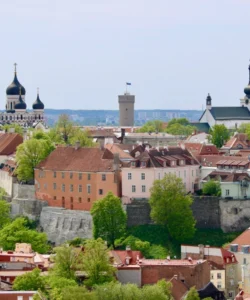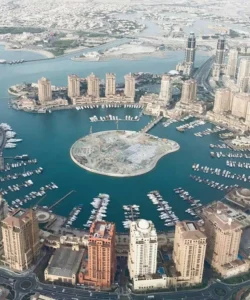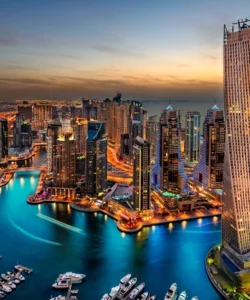Tajikistan is a mountainous, landlocked country in Central Asia, known for its stunning natural landscapes and rich cultural heritage.
Listen to an introduction about Tajikistan
![]()
Area: Approximately 143,100 square kilometers.
Population: Data for the current population is not available.
Language: The official language is Tajik, a variety of Persian. Russian is also widely used in government and business.
Currency: The currency of Tajikistan is the Tajikistani Somoni (TJS).
Religion: The majority of the population (over 90%) is Muslim, primarily adhering to the Hanafi school of Sunni Islam. There is also a significant Ismaili Shia minority, particularly in the Gorno-Badakhshan Autonomous Region (GBAO).
Capital: Dushanbe.
Major Cities & Attractions:
- Dushanbe: The vibrant capital city, offering a mix of Soviet-era architecture and modern buildings. Highlights include the National Museum of Tajikistan, Rudaki Park, and the Hissar Fortress just outside the city.
- Pamir Highway: A legendary road trip through some of the world’s highest mountains, known as the “Roof of the World.” Highlights include the Wakhan Valley with its ancient fortresses and hot springs, and Lake Karakul.
- Khujand: Tajikistan’s second-largest city and a historical hub in the Fergana Valley. It boasts a rich history dating back over 2,500 years, with sites like the Khujand Fortress and the Mausoleum of Sheikh Muslihiddin.
- Penjikent: A small city in the Zeravshan Valley known for its ancient ruins.
- Istaravshan: One of Tajikistan’s oldest cities, featuring a well-preserved old town with narrow streets and ancient buildings like the 18th-century Kok Gumbaz Mosque.
- Iskanderkul: A picturesque turquoise lake formed by glaciers in the Fann Mountains, a popular spot for hiking.
Natural Wonders:
- Pamir Mountains: Home to towering peaks, including Ismoil Somoni Peak (formerly Communism Peak).
- Fann Mountains: A stunning range with snow-capped peaks and numerous beautiful lakes like Iskanderkul.
- Fedchenko Glacier: One of the longest glaciers in the world outside of the polar regions.
- Garm Chashma: Natural hot thermal springs.
- Lake Sarez: A high-altitude lake formed by an earthquake-induced landslide.
- Karakul Lake: A large, high-altitude lake formed by a meteor impact.
- The Tajik Wakhan Corridor: A narrow strip of land bordering Afghanistan, offering dramatic landscapes and traditional villages.
Architecture:
Tajik architecture is a unique blend of Islamic, Persian, and Soviet influences. Notable sites include:
- Hissar Fortress: An ancient citadel near Dushanbe.
- Mausoleum of Khoja Mashhad: An important historical and architectural monument.
- Khujand Fortress: With its origins dating back over 2,500 years.
- Ajina-Tepa Buddhist Monastery: Remains of a 7th-century Buddhist monastery.
- Kokhi Navruz (Navruz Palace): A modern, grand palace in Dushanbe showcasing intricate traditional craftsmanship.
Roads:
Driving in Tajikistan can be challenging. While major urban roads exist, unpaved and mountainous roads are common, especially in the Pamirs. Roads can be poorly maintained with potholes, and tunnels may be unlit. It’s highly recommended to avoid night driving and be prepared for extreme conditions, especially in mountainous areas where heavy snowfall can make roads impassable in winter. A 4WD vehicle is often recommended for off-road or high-altitude travel.
Hotels:
Tajikistan offers a range of accommodation options, from international chain hotels in Dushanbe like Dushanbe Serena Hotel and Hilton Dushanbe, to smaller local hotels and guesthouses.
Restaurants & Cuisine:
Tajik cuisine is hearty and diverse, influenced by Persian, Russian, and Central Asian traditions. Key dishes include:
- Plov (Pilaf): A central dish made with rice, meat (usually lamb or beef), carrots, and spices.
- Qurutob: Bread soaked in a tangy yogurt-based sauce, often served with onions, tomatoes, and herbs.
- Samsa: Baked pastries filled with meat and onions.
- Shurbo: A hearty meat and vegetable soup.
- Manti: Steamed dumplings filled with minced meat.
- Kebabs: Grilled skewers of marinated meat.
- Lagman: A noodle dish with a meat and vegetable sauce.
- Non: Flatbread, an essential part of most meals.
Popular restaurants in Dushanbe include Rokhat Teahouse (known for traditional Tajik dishes), Steak House Dushanbe, and various places offering Georgian and Turkish cuisine.
Annual Travel (Best Time to Visit):
The best time to visit Tajikistan for overall travel, including cities and some mountainous areas, is during spring (April-June) and autumn (September-October). For those specifically planning to traverse the Pamir Highway, the optimal window is late May to late September due to snow covering high mountain passes outside of this period. July and August can be very hot in the lower-lying cities but ideal for mountain trekking.
































